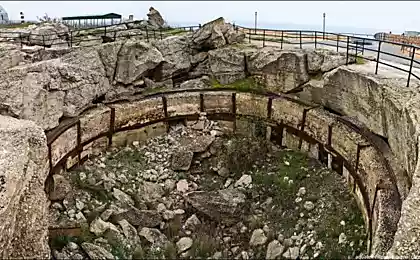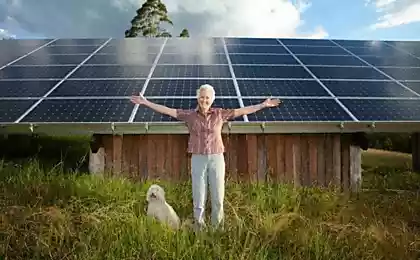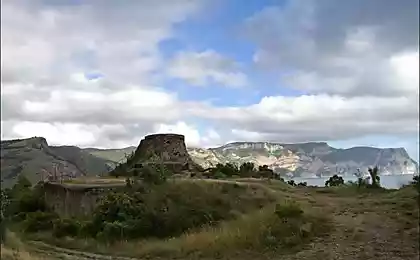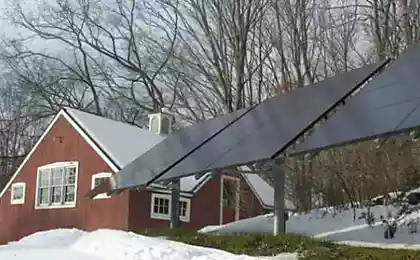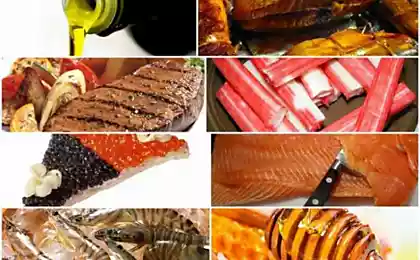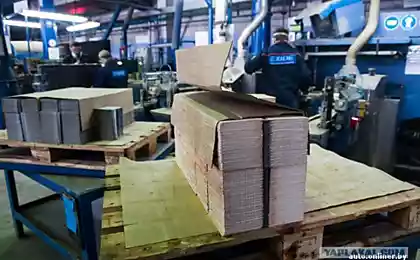536
Solar battery shrimp

Researchers at the University of London Queen Mary for the first time managed successfully created electricity generating solar panels on the chemical compounds found in the shells of shrimp and other crustaceans. Chitin and chitosan contained in the shells, widely distributed and cheaper than the expensive metals such as ruthenium (close to platinum), currently used to create nanostructured solar cells. To date, the effectiveness of these new "shrimp" of solar panels is low, but if it is raised, the materials can be used in wearable chargers for tablets, phones and smart watches and also semi-transparent films on window glass. Among the mysteries of nature, it turns out, many of those that can be useful to engineers.
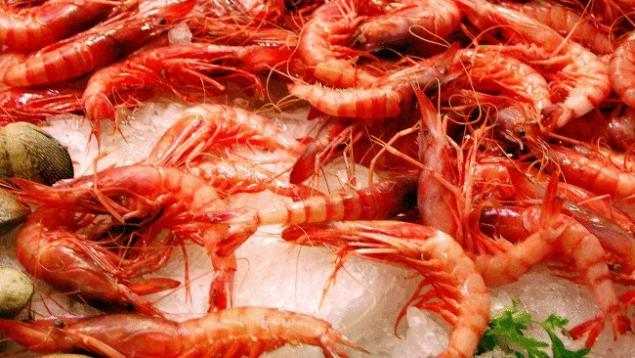
On the resource page ScienceDaily notes that researchers univesitetskim School of engineering and materials science was used in the process of hydrothermal carbonisation to create carbon quantum dots from common and cheap materials, contained in the shells of crustaceans. They were then covered with standard ZnO nanorods of zinc oxide with carbon quantum dots. And the result is a solar battery.
Perhaps, now that I found a way to significantly reduce the cost of production of solar cells, has not long to wait for that perfect moment when this energy will become more common. I can only imagine how it will be good when the smartphone will be recharged just by being in the sun. At least on clear Sunny days you can not put it on charging during the day. It is the application of his invention made him see scientists.
Dr. Joe Briscoe, one of which participated in the project researchers, said its importance:
It may be a great new mode of production, which will allow you to quickly and easily create multi-purpose solar energy affordable and environmentally sound materials. When we will increase their effectiveness, they can be used anywhere are now being applied solar panels, especially for charging those devices that every day people carry with them.Professor of technology of environmentally friendly materials School of engineering and materials science, University of London Queen Mary Magdalena Tetrici also reports about other areas in which, over time, can be used materials of the marine biosphere:
New technology means that we can produce exciting new materials from organic side products, which are currently widely available. Environmentally friendly materials can be high-tech, and cheap.We can also use biomass, in this case algae, to create supercapacitors that can be used for energy storage in consumer electronics, in defibrillators and for energy recovery in vehicles.Environmentally friendly materials can be the basis of future technologies. And the shells of crustaceans, and algae often be just waste, so their price is low. And replace them materials that cost a lot. People had dinner of prawns and shells left. And instead to consider them unnecessary, you can make them solar panels that will supply energy to mobile devices, without which modern users manage with great difficulty.
However, scientists have yet to work on improving the efficiency of their development. As for its real use, it is necessary that the technology not only worked, but were comparable with those of solutions that are currently used for the same purposes. The new development of London scientists suggests ways to the solution of three tasks. The first of them is respect for the environment. Second — the disposal of waste in the food industry. And the third — providing users of devices available means to recharge the discharged battery of the smartphone, which big not all device of this popular category.
How to make a smartphone didn't need to recharge during the day? This requires a more capacious battery or a new technology that allows the smart phone to feed the energy of the Sun? Will "shrimp" solar cells distribution in the case that their effectiveness will be sufficient?
Source: hi-news.ru


